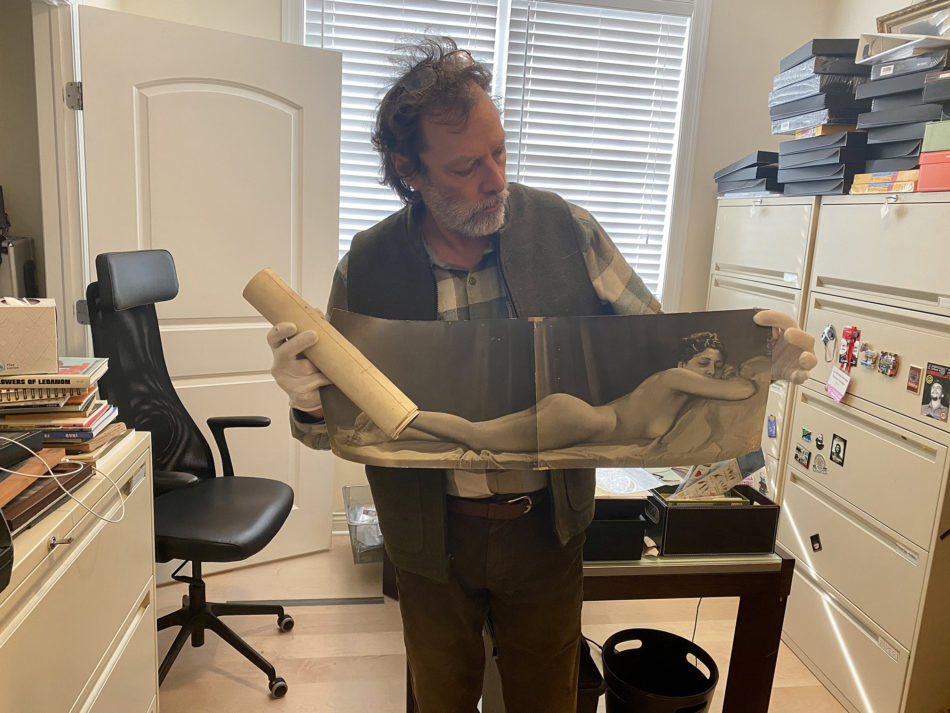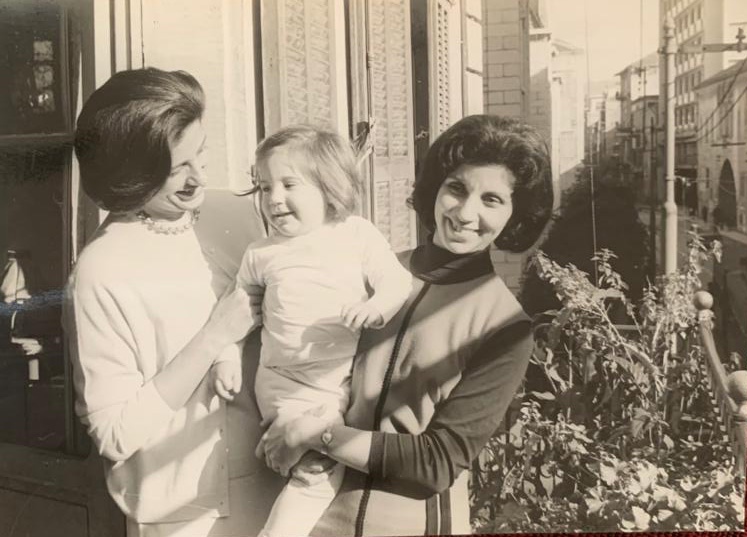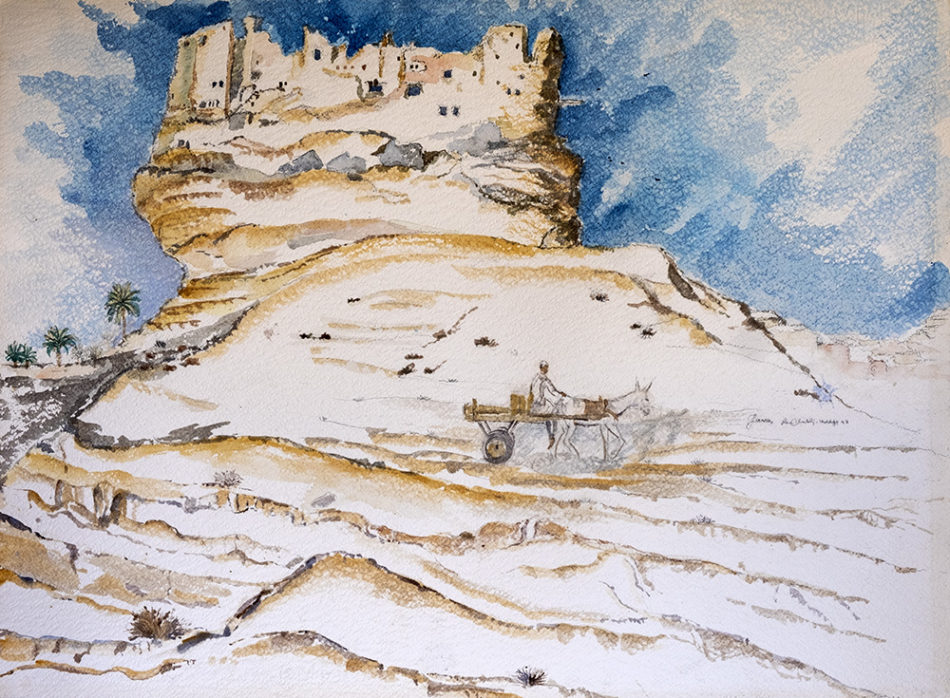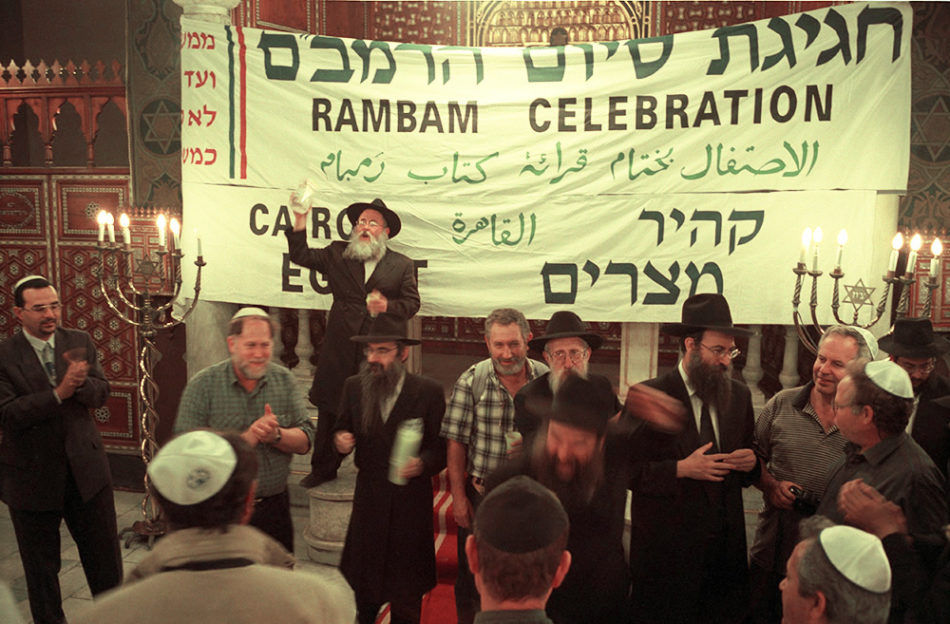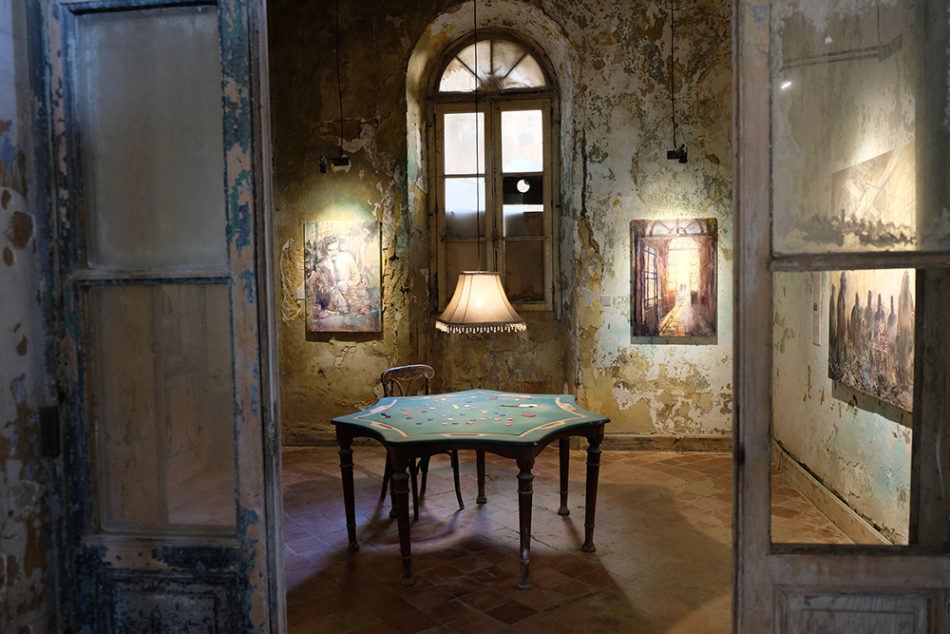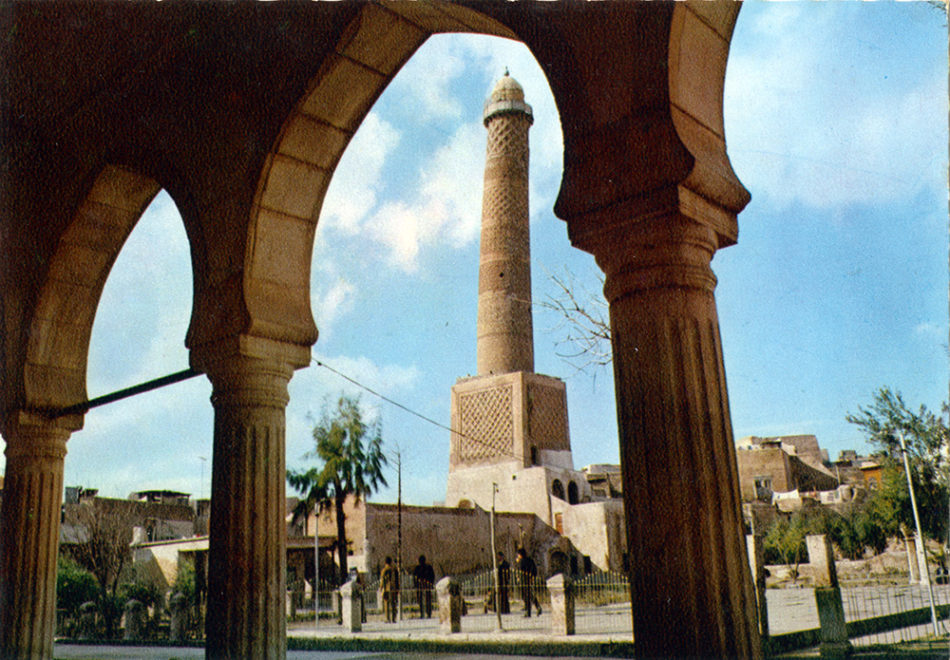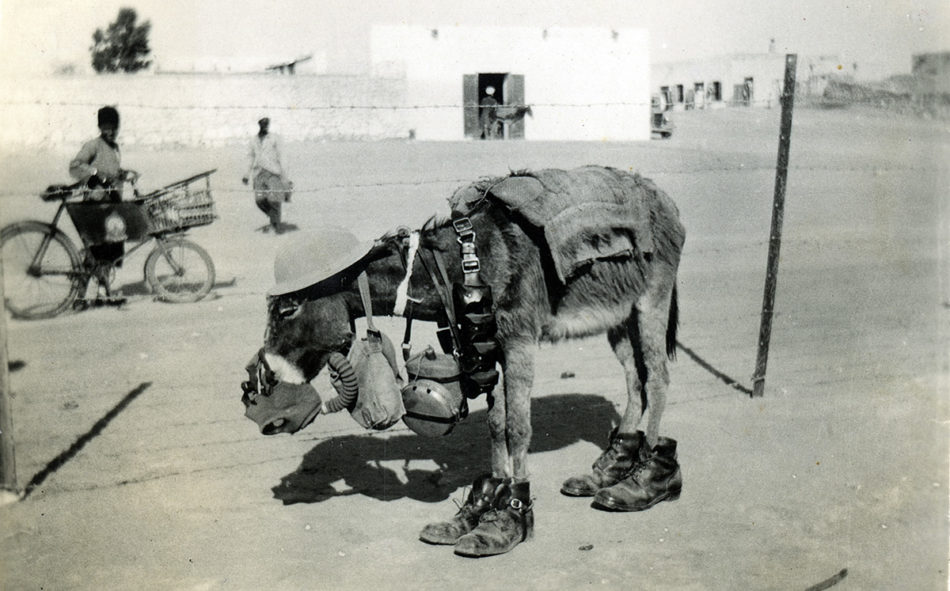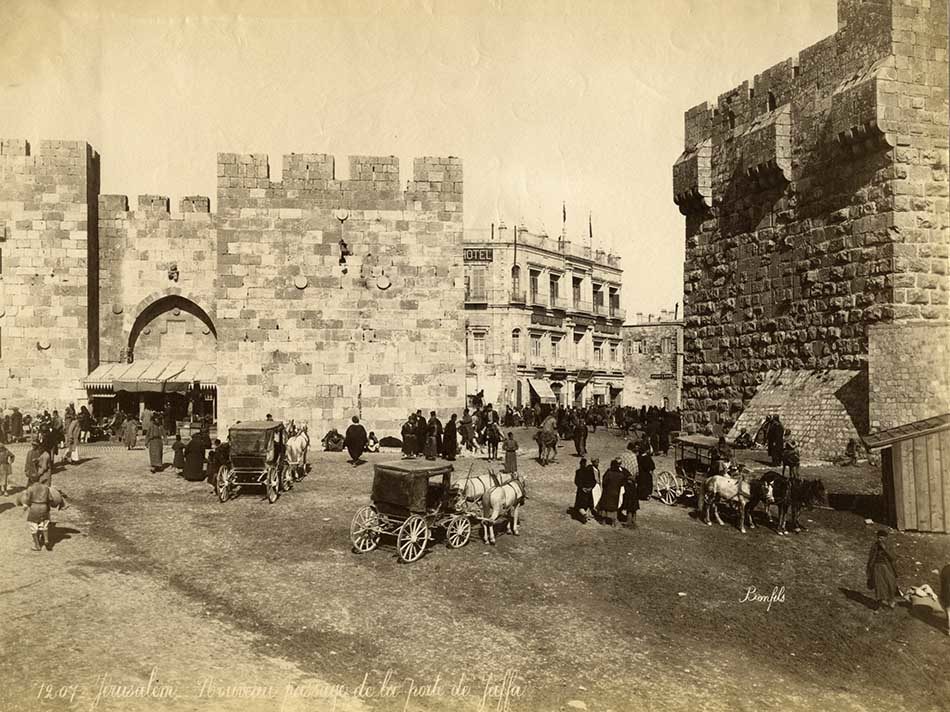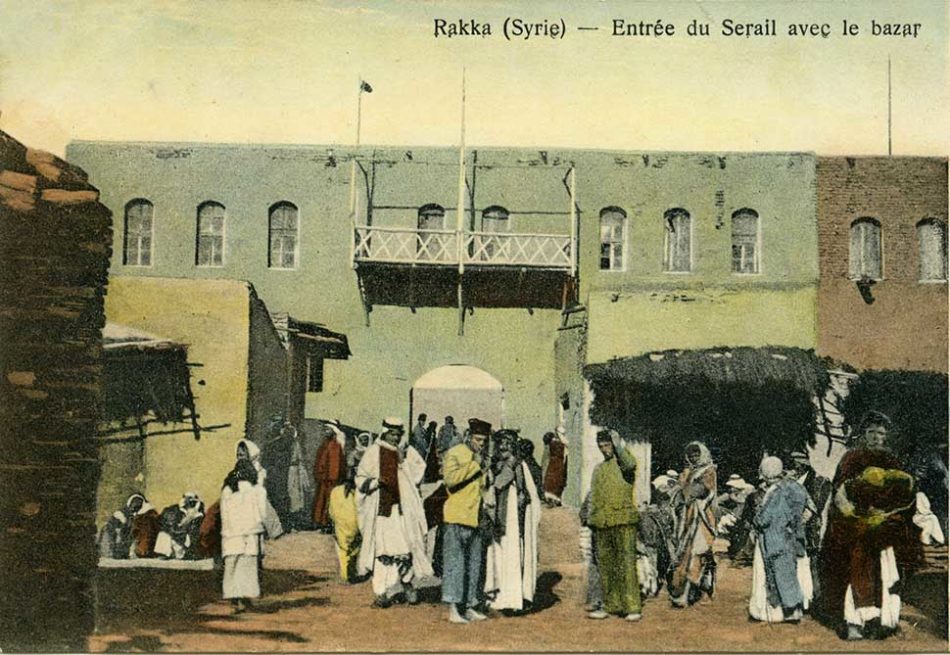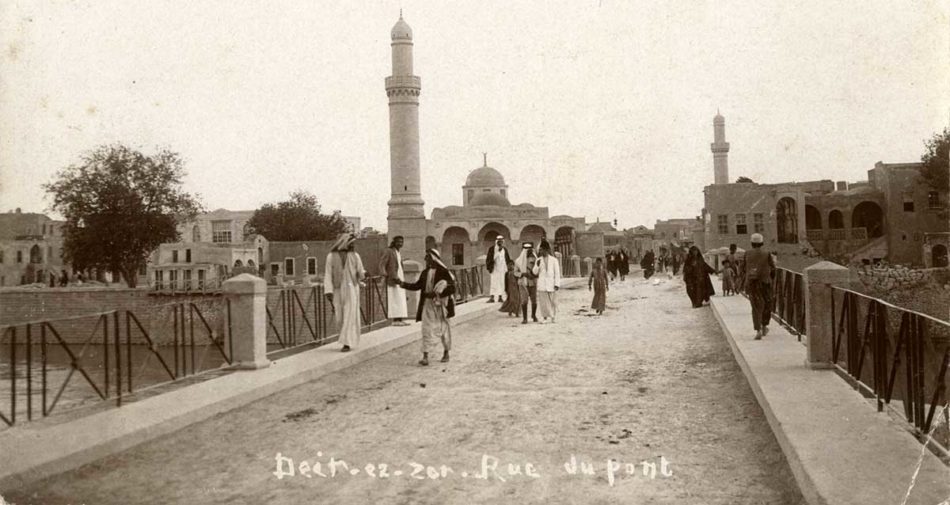
Deir ez Zor is a city in eastern Syria on the banks of the Euphrates, which dates back to the third century BCE. Recently, it has earned a reputation as a civil war battlefront between the Syrian Army, the rebels, and ISIS. However, before it was sucked into Syria’s bloody events, Deir ez Zor, or the Monastery of the Grove, had a prosperous and, at times, turbulent record.
In its early history, the city was ruled by the Assyrians, Chaldeans, Persians, and later by the Greeks and Romans. Throughout the Roman period, Deir Ez Zor flourished as a trading hub. However, during the third century CE, when civil wars wreaked havoc throughout the Roman Empire, Queen Zenobia of Palmyra conquered Deir ez Zor and made it part of her kingdom. After Zenobia was defeated and captured by Roman Emperor Aurelian in 271, Deir ez Zor changed hands numerous times until it was completely destroyed in the thirteenth century during the Mongols invasions.Present day Deir ez Zor was re-established on the [Read more...]
